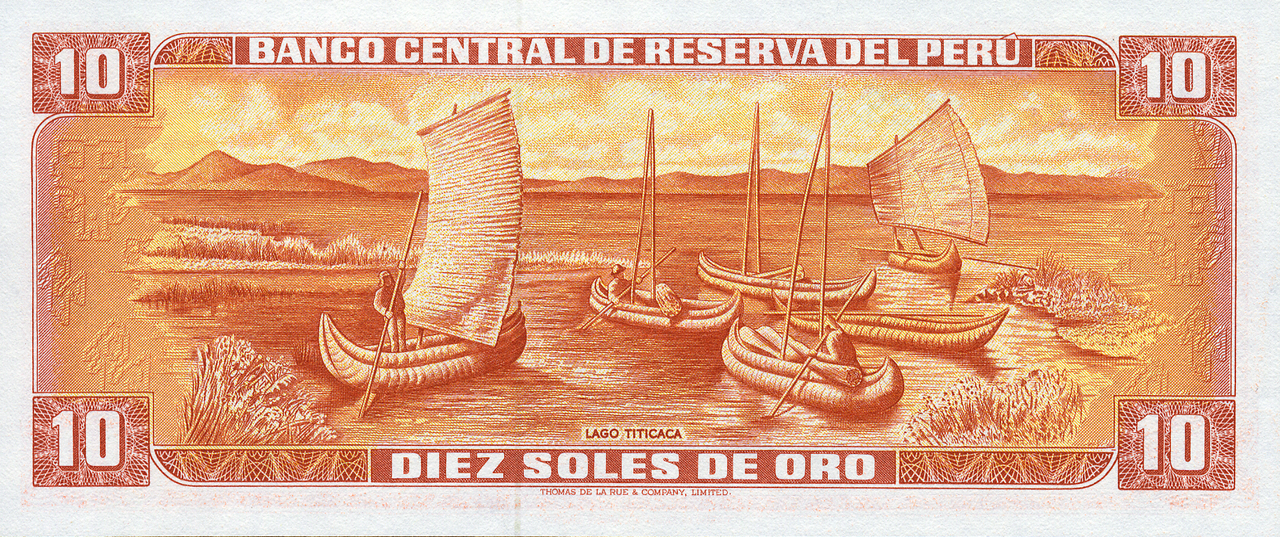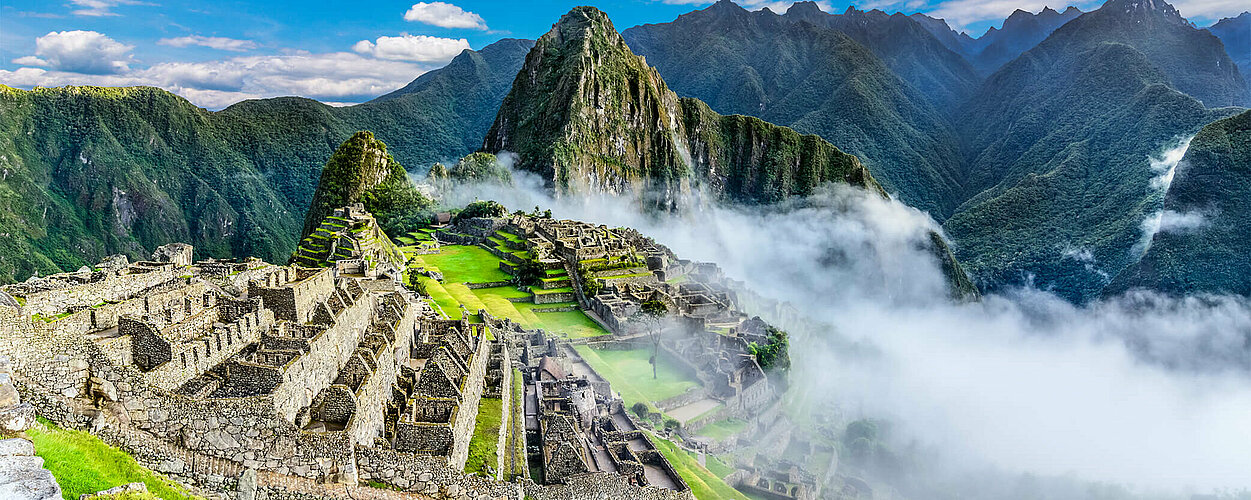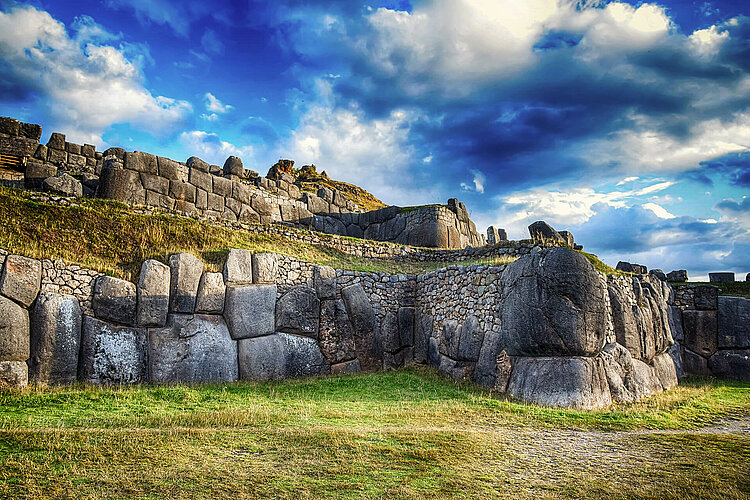Lake Titicaca
The largest lake in South America
With a surface area of 8,372 km² (3,232 sq mi) and an average depth of 107 m (351 ft), Lake Titicaca is the largest lake in South America. It is located at an altitude of 3,812 m (12,507 ft) on the border between Bolivia and Peru in the Andes and is therefore also referred to as the highest navigable lake in the world. Its deepest point is 281 m (922 ft). Lake Titicaca consists of a larger and a smaller part, which are connected by the Tiquina waterway. While it is fed by over 25 rivers, the water that drains through the Río Desaguadero only accounts for around ten percent of its volume, making the basin almost endorheic. The lake loses most of its water through evaporation.
The people of Lake Titicaca
Many of the 41 islands of Lake Titicaca are inhabited and some already had a deep cultural significance for the Incas. Isla del Sol, for example, is considered the birthplace of their sun god and, like several other islands, is home to numerous ruins from the time of the Inca Empire. Also famous are the floating reed islands of the Urus, one of the indigenous peoples of Lake Titicaca.
The origin of the official name Titicaca is not clear, as both "Titi" and "caca" have a variety of meanings. Translations range from "puma rock" to "foundation stone". In addition, different names are common in Bolivia and Peru. The larger lake is also known as Lago Chucuito or Lago Grande, while the smaller one is also called Lago Wiñaymarca or Lago Pequeño.
Facts
- Other names: Lago Chucuito / Lago Grande, Lago Wiñaymarca / Lago Pequeño
- Location: Puno Region
- Altitude: 3,812 m (12,507 ft)
- Surface area: 8,372 km2 (3,232 sq mi)
- Average depth: 107 m (351 ft)
Maximum depth: 281 m (922 ft)
Lake Titicaca Folding Card
Known throughout the world, Lake Titicaca is not only a popular tourist destination, but also of great importance to the local people and the natural ecosystem of Peru. For this reason, it has been featured on Peruvian currency. This folding card contains a 10 soles de oro banknote with a view of Lake Titicaca, introduced in 1968, and a 2019 commemorative coin from the Threatened Wildlife of Peru series, depicting a Titicaca water frog. The endemic species lives exclusively in Lake Titicaca and is classified as endangered.
10 Soles de Oro
Obverse: Inca Garcilaso de la Vega (1539-1616), writer best known for his chronicles on the history of the Incas, Jesus Christ on cross, national coat of arms, house of Inca Garcilaso de la Vega in Cusco
Reverse: Reed boats of the Uru people on Lake Titicaca
| Dimensions: 155 x 76 mm (6.10 x 2.99 in) Material: Paper |
1 Sol
Obverse: National coat of arms
Reverse: Titicaca water frog, Casa de Moneda de Lima mint mark, series logo, "RANA GIGANTE DEL LAGO TITICACA, Telmatobius culeus" (Spanish and Latin name of the frog)
| Weight: 7.32 g (0.02 lb) Diameter: 25.50 mm (1.00 in) Material: Copper-nickel-zinc |












